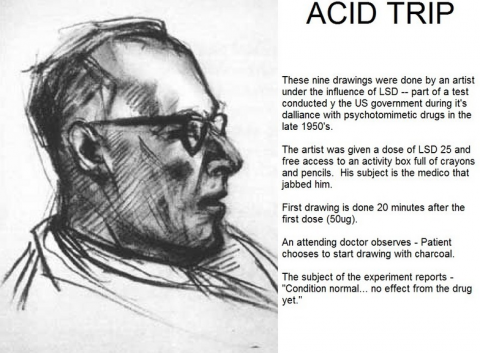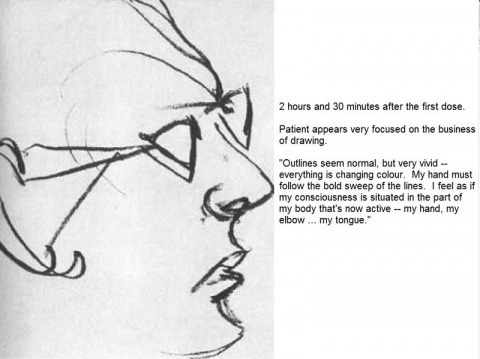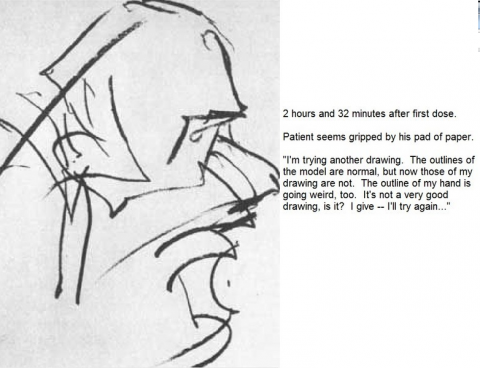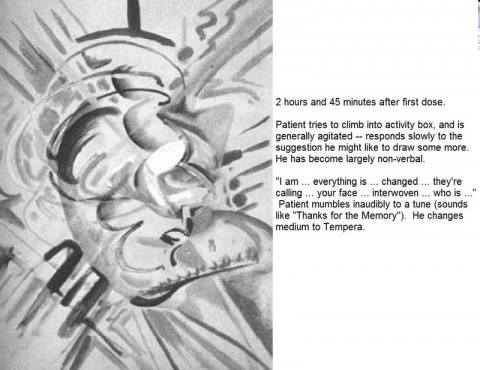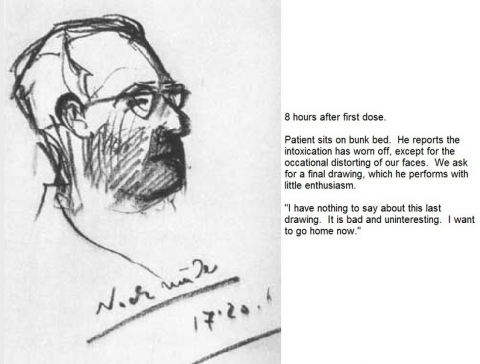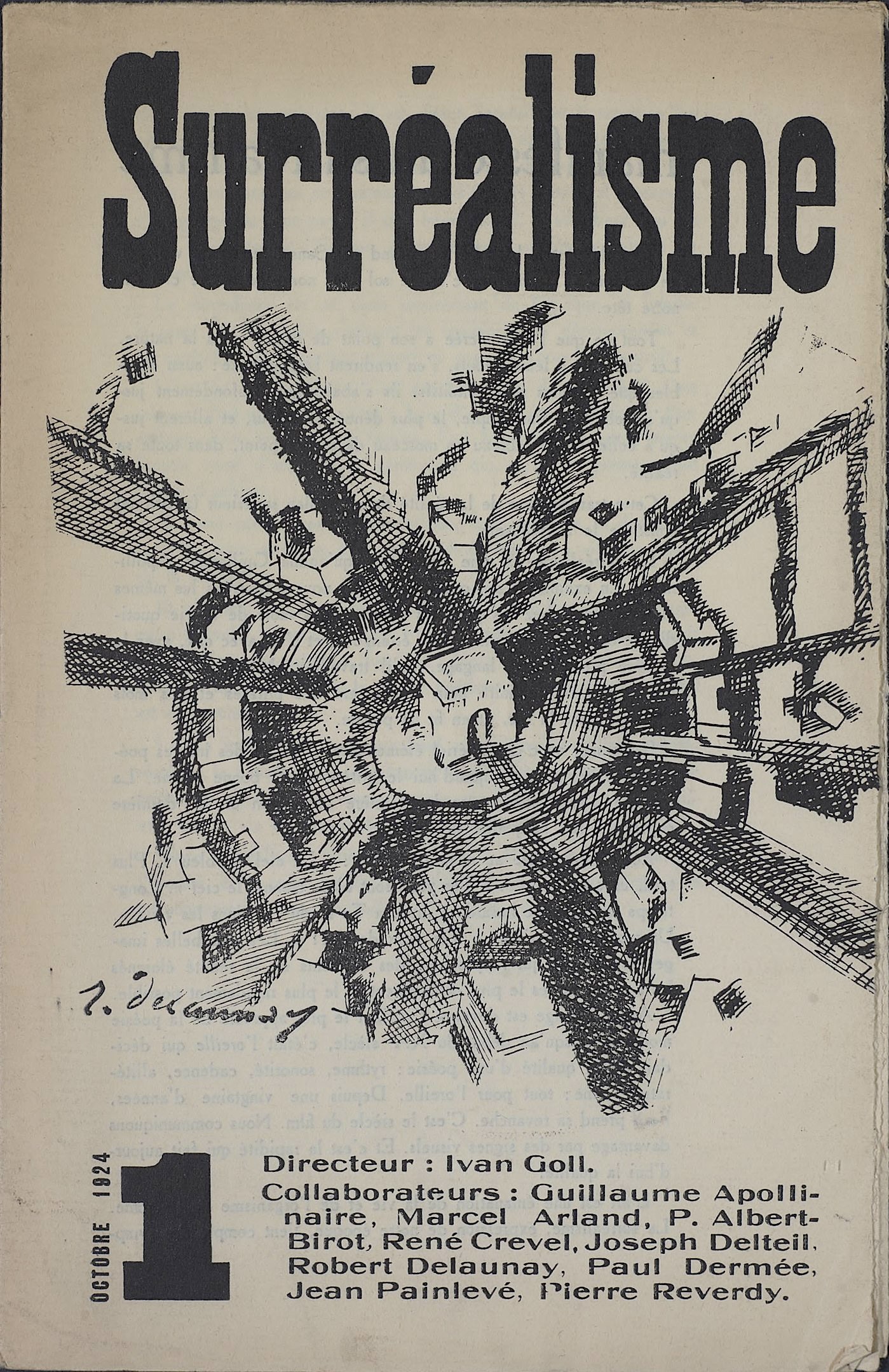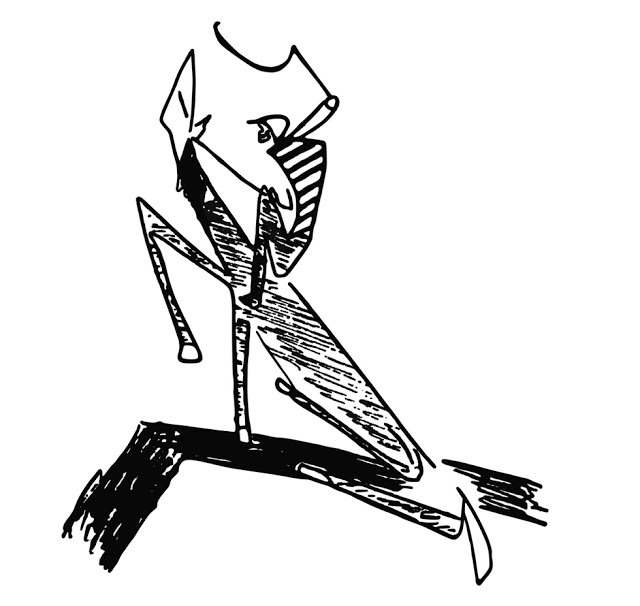When Wendy Carlos released Switched-On Bach in 1968, her “greatest hits” compilation of the Baroque composer’s music, played entirely on the Moog analog synthesizer, the album became an immediate hit with both classical and pop audiences. Not only was it “acclaimed as real music by musicians and the listening public alike,” as Bob Moog himself has written, but “as a result, the Moog Synthesizer was suddenly accepted with open arms by the music business community.” There’s some exaggeration here. Stars like the Doors, the Monkees, and the Byrds had already recorded with Moogs the year before. And some classical purists (and classical Luddites) did not, in fact, hail Switched-On Bach as “real music.”
But on the whole, Carlos’s innovative demonstration of the electronic instrument’s capabilities (and her own) marks a milestone in music history as the first classical album to go Platinum, and as the first introduction of both Baroque music and the Moog synthesizer to millions of people unfamiliar with either.
Were it not for Carlos’s “use of the Moog’s oscillations, squeaks, drones, chirps, and other sounds,” as Bruce Eder writes at Allmusic, it’s unlikely we would have the video clip above, of Leonard Bernstein giving his own demonstration of the Moog (dig his hip “HAL” reference from the prior year’s 2001: A Space Odyssey), during one of his popular televised “Young People’s Concerts.”
Having just begun moving out of the studio, the Moog was still a collection of modular boxes and patch cables—an engineer’s instrument—and it takes four men to wheel it out on stage. (The easily portable, self-contained Minimoog wouldn’t appear until 1970.) Most people had no idea what a Moog actually looked like. But, its forbidding appearance aside, the sounds of the Moog were everywhere.
Bernstein mentions Carlos, and those stuffy purists, and makes a few more sci-fi jokes, then, instead of sitting at the keyboard, hits play on a reel-to-reel tape recorder. This pre-recorded version of Bach’s “Little Fugue in G” was actually arranged by Walter Sear, and the recording lacks some of the panache of Carlos’s playing while the tinny playback system makes it sound like 8‑bit video game music. But for this audience, the musical wizardly was still decidedly fresh.
The choice of Bach as Moog material was not just a matter of taste—his music was uniquely suited for Moog adaptation. As Carlos explains, “it was contrapuntal (not chords but musical lines, like the Moog produced), it used clean, Baroque lines, not demanding great ‘expressivo’ (a weakness in the Moog at the time), and it was neutral as to orchestration.” The Moog could also, it seems, make Bach’s fugues fly at almost superhuman speeds. Hear the “Little Fugue” played at a much more stately tempo, on a traditional pipe organ, further up.
Organs and harpsichords, strings and horns, these are still of course the instruments we think of when we think of Bach. Despite Carlos’s inventive foray—and its follow-up, The Well-Tempered Synthesizer—the synthesizer did not radicalize the classical music world, though its avant-garde offspring made much use of it. But it sure changed the sound of pop music, and wowed the kids who saw Bernstein’s program, some of whom may have gone on to popularize both electronic instruments and classical themes in prog-rock, disco, and yes, even video game music.
Related Content:
How the Moog Synthesizer Changed the Sound of Music
A BBC Science Show Introduces the Moog Synthesizer in 1969
Bob Moog Demonstrates His Revolutionary Moog Model D Synthesizer
Josh Jones is a writer and musician based in Durham, NC. Follow him at @jdmagness

